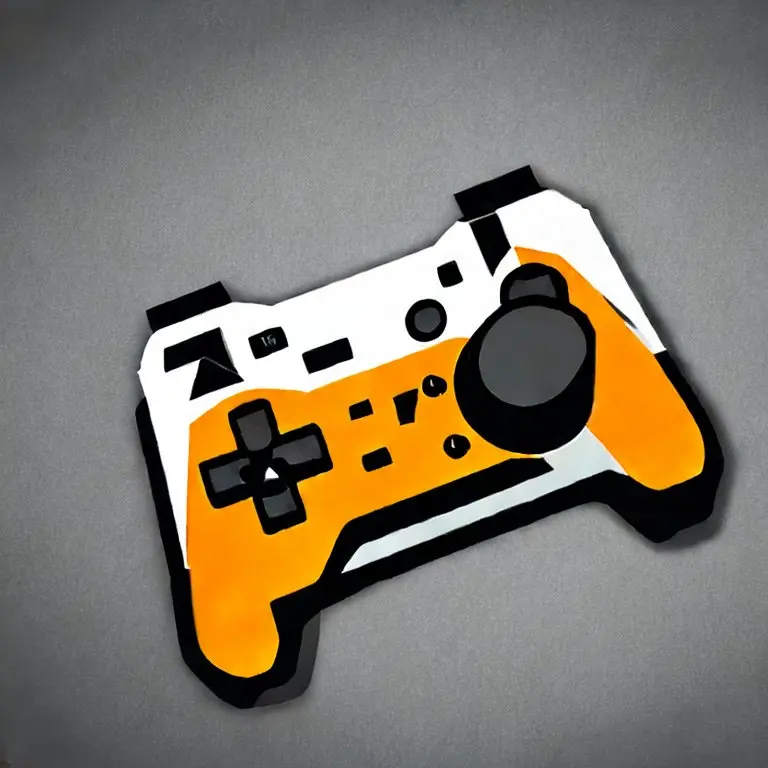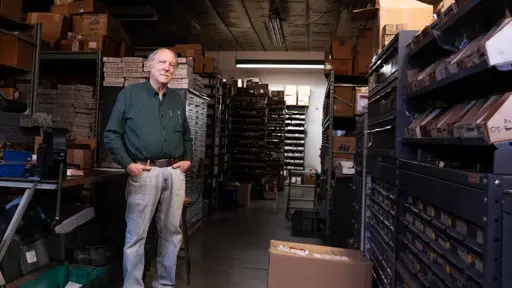- cross-posted to:
- technik@feddit.org
- hackernews@lemmy.bestiver.se
- cross-posted to:
- technik@feddit.org
- hackernews@lemmy.bestiver.se
Absolutely bonkers. Anyone remember the Technology Connections video from a while back about pinball machines?
He cracked one open to reveal the “computer” like 500 relays connected with spaghetti. Can’t imagine how much of a nightmare it must be to debug those. At this point, so much documentation and tribal knowledge is gone that this dude is basically reverse engineering each machine. Hats off.
Edit: article actually points out that he bought out all existing documents from one of the pinball companies.
There’s a huge amount of knowledge in experts around the world who share in that passion, just like in ancient radio repair.
I do love Technology Connections. When I was a kid, my uncle had a pinball machine in his game room and we would play that thing for hours on end. It was really fun seeing Alec crack one open and give us an extended tour.
He’s a pinball wizard.
This is pretty cool. I just saw an article about a D&D-themed pinball machine that’s being made and immediately my mind jumped to wondering just how difficult it is to maintain these things. It’d be fun to own one but I have no idea how many other businesses are out there like this one.
My family has had pinball machines as long as I can remember. I mostly played them but I also helped my dad work on them from time to time.
A pinball machine is an electrical device running on mains power, so the usual warnings like “don’t work on it while it’s plugged in” apply. Some machines have high voltage components like Nixie tube displays that require extra caution. I’d recommend against making pinball machine maintenance your first electronics hobby project. Those warnings out of the way, they’re not super difficult to maintain if you’re electrical and mechanically inclined.
All pinball machines need wear-and-tear sort of maintenance like replacing burned out lightbulbs or worn out rubber bands. The playfield components like kickers, flippers, and drop targets are driven by solenoids attached to the underside of the playfield and these sometimes fail and need to be replaced. The contacts that activate the components sometimes need adjusting since they can get bent after being hit with a pinball millions of times.
The rest is dependent on the age of the machine. 70s and older machines use electro-mechanical state machines that can be a bit fiddly to troubleshoot. You’ll need the schematics if you want to maintain and repair one of these machines but most schematics are available online, either digitally or to order as printed replicas. Newer machines use electronic or computerized state machines which are more reliable but if one of the control boards fails, you usually have to replace the whole board.
If you want to get into it, buying a working but neglected machine from the mid-70s and fixing it up would probably be the cheapest and easiest way to get started. Machines that have flaws that make them worthless to collectors like cracked back glass will be the best value for money if you just want one to play with.
Oh, and they’re heavy. You need 2-3 people to move one.
Have a link to that article?
Thank you.
Pinball machines are incredible. Amazing combo of physics, mechanics, and electronics. They can be both a ton of fun and super frustrating to work on. Ever you ever come across a decent deal on one that isn’t in too bad shape and you have a little extra space somewhere in your home, highly encourage you to purchase one and play around with it.







